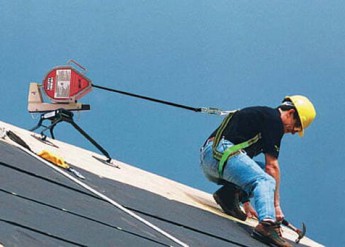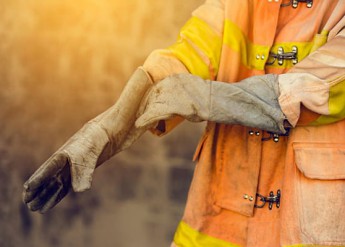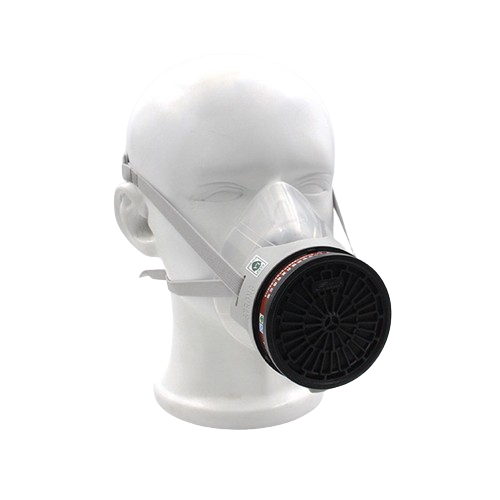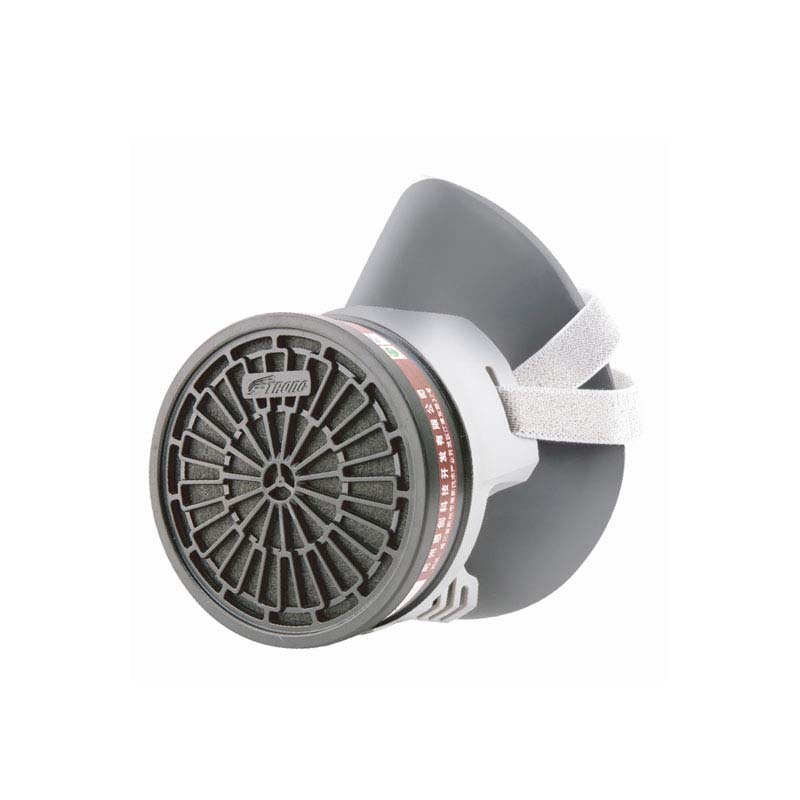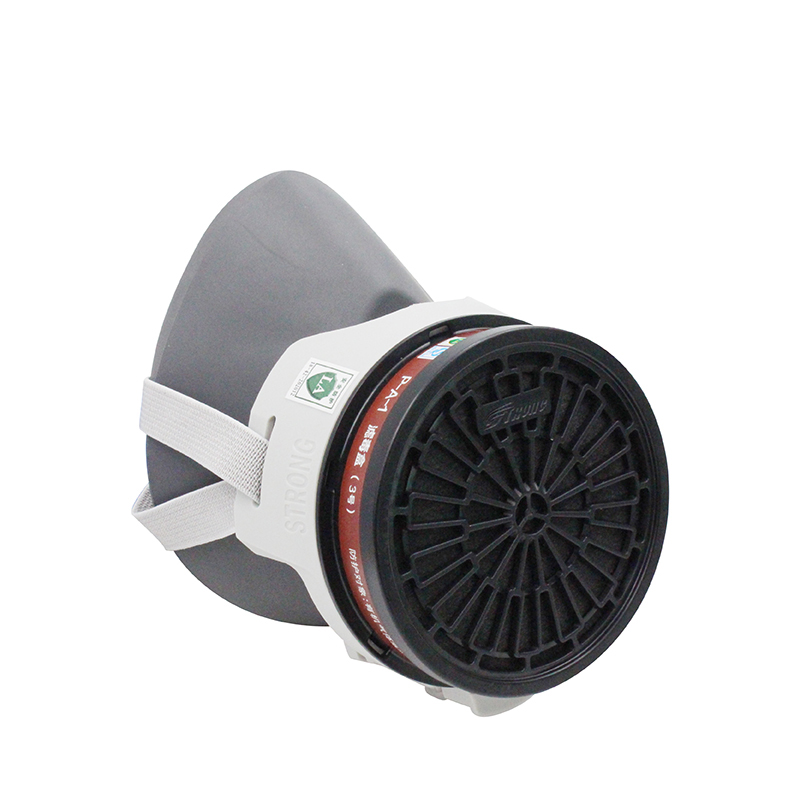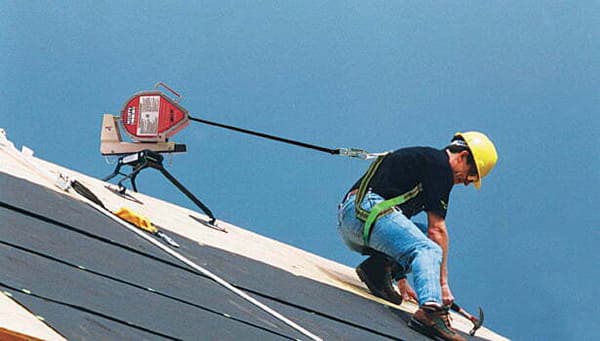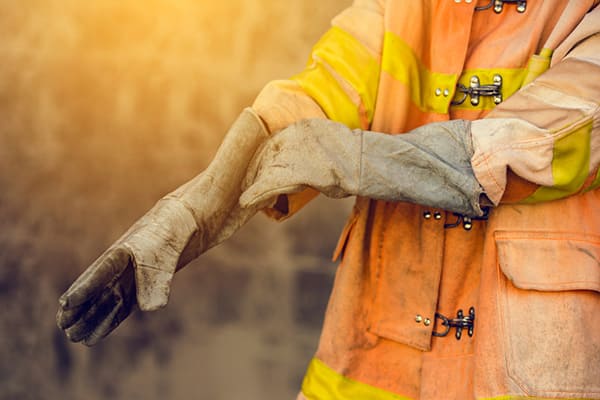Chemical Hazard Recognization -TRIC
So you’re working with hazardous chemicals? Do you know what the hazard classes are? Have you seen all those GHS symbols around?
ldentfying hozardous chemicals can be remembered by using the acronym TRIC: Toxic, reactive, ignitable, and corrosive.
Toxic: these are hemicals that have been shown to pose a hazard to human health or the environment because of its carcinogenicity, such as careinogen, mutagen, teratogen, acute toxicity, chronic toxicity or persistence in the environment. Some common examples of toxic chemicals are: arrylamide,formaldehyde, glutaraldehyde, and others. Toxic metal salts include: silver chloride, cadmium sulfate, mercury acetate, and others.
Reactive: these chemicals are unstable, explosive, capable of detonation, or react violently with water. Some common examples of reactive chemicals include: alkali metals such as sodium, lithium, potassium, and others.
Ignitable: these chemicals generally are liquids with a flash point below 140F, oxidizers and ignitable compressed gas. Like the sign says, they can ignite! Some common examples include methanol, ethanol, acetone,and others. Nitric acid is an ignitable oxidizer with corrosive characteristics.
Corresive: lastly, corrosive chemicals are strong acids and bases. When aqueous have a pH less than two or greater than 12.5, A few acids considered corrosive are hydrochloric acid, sulfuric acid, phosphoric acid, and hydrofluoric acid. Common bases include metal hydroxides such as sodium, potassium, caldium, nickel, hydroxide ammonium hydroxide, and organic bases such as amines.
So next time when determining chemical hazards remember-TRIC.

